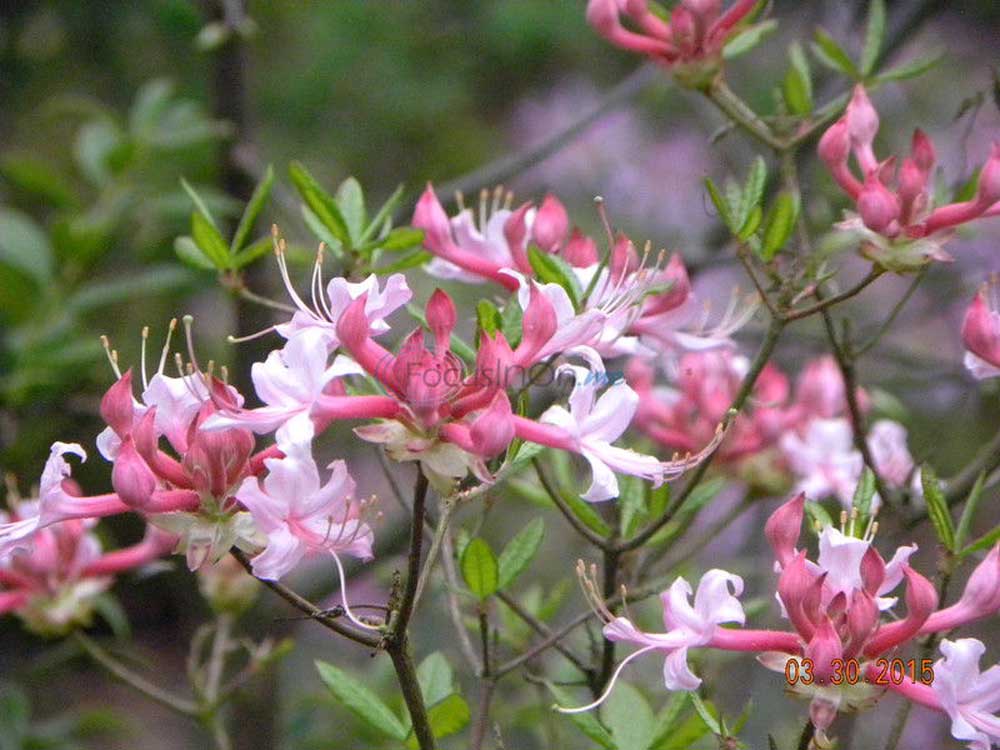Native azaleas another take on beloved plant
Published 9:02 pm Wednesday, April 1, 2015

- Wild native azaleas bloom a pretty pink. They can be found in Deep East Texas.
Azaleas are showing up all around us, and we welcome them with a great big Texas “Howdy.”
When our azaleas bloom, we feel winter is gone for good, spring’s here and all is well. Some of the loveliest of all azaleas, according to me, anyway, are our own wild native azaleas. Unfortunately, they have been long gone from our area, but if you take a drive down in the Deep East Texas areas near Jasper, Woodville and even as close as Lufkin and Nacogdoches, you may see some blooming. Get off the main highways and go down into the woodland areas, and you will find them for sure.
The first time I saw these blooming in the wild was over near the border where my in-laws live around Joaquin in the Sabine National Forest. They were magnificent, huge trunks indicating they were very old, and blooming beautifully. I decided then I had to have some. I found mine at our Spring Fling several years ago. I think most nurseries sell them this time of year while they are blooming. They are the most delightful pink — actually several shades of pink ranging from the deep rose of the buds to the older flowers that have faded to a pale pink.
All azaleas are rhododendrons, but not all rhododendrons are azaleas. Our native, Rhododendron canescens, is the only one you would find right here in the Tyler area, although there also is R. austrinum, which has yellow to orange blooms in the Big Thicket area. Further east you will come across others as well. Most do well in our area.
I especially love how they grow — tall but never thick. If you have lots of shade, not evergreen shade, but shade in summer and sun in winter, these azaleas will do you proud.
They, like others in the family, like rich woodland soil that has a low ph (under 7; preferably 6 or even less). They like moist sandy soils. My soil is so dry with so many roots, but they do well with extra water in the hot summer months and a good mulch of pine straw.
Don’t fertilize these azaleas with chemical fertilizer. Just prepare their spot well with lots of compost and make sure they are in a well-drained area. They will make you happy each spring the rest of your life, as they, like most azaleas, live long.
We have had to water so much the past few years, that our soils are getting more alkaline. If this is happening to you, you can correct it by adding sulfur to the soil. I am adding it to all my acid-loving plants (azaleas, camellias and gardenias) to lower the ph. Mine is 7 — too high for them to continue doing well.






